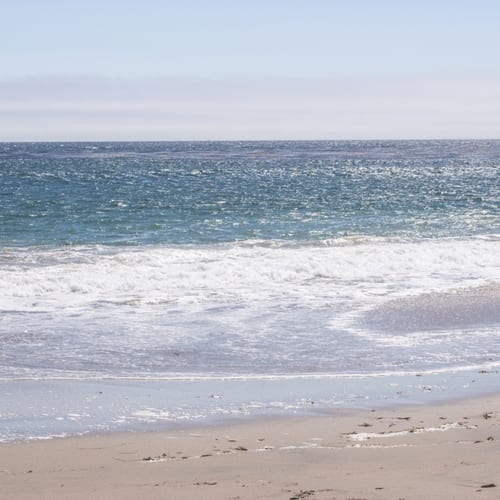During the course of service, harsh environmental conditions will often take their toll on a ship, weakening the hull in the process. Depending on their position in the middle of hard waves, ships could be exposed to heavy water flow that scours the exterior, leaving them open to repeated impacts.
As an example, the website of the Ship Structure Committee (SSC), a subset of the Office of Safety at the Department of Transportation Marine Administration, features a case study of the New Carissa, a bulk carrier that suffered critical hull damage in 1999.
According to the report, the New Carissa was headed to Oregon from Japan and attempted to stall entry into the Coos Bay port to avoid winter weather by grounding itself. This action actually led to the destruction of the ship, however: fuel leaked into the ocean, the shell plating fractured and eventually an explosion broke out, with the vessel later separating into two halves seven days after the initial grounding.
In its analysis, the SSC determined that multiple factors, including the metal the ship was constructed from and the pounding of the vessel on the sea floor, led to the accident.
"Vessels that strand broadside to incoming seas and surf on a sandy bottom are subject to significant scouring of the sea floor, which can quickly lead to excessive hull stresses," the case study reads. "As the incoming waves strike the vessel's side, they are deflected fore and aft until they are able to sweep around the ends of the vessel at high velocity."
If a vessel is intended for travel in rough seas, or prolonged stay in an area where conditions could erode a hull, then the boat insurance coverage used could feature additional protection to the exterior. In all cases, the best providers will be those that know the risk and can advise based on specific circumstances.

